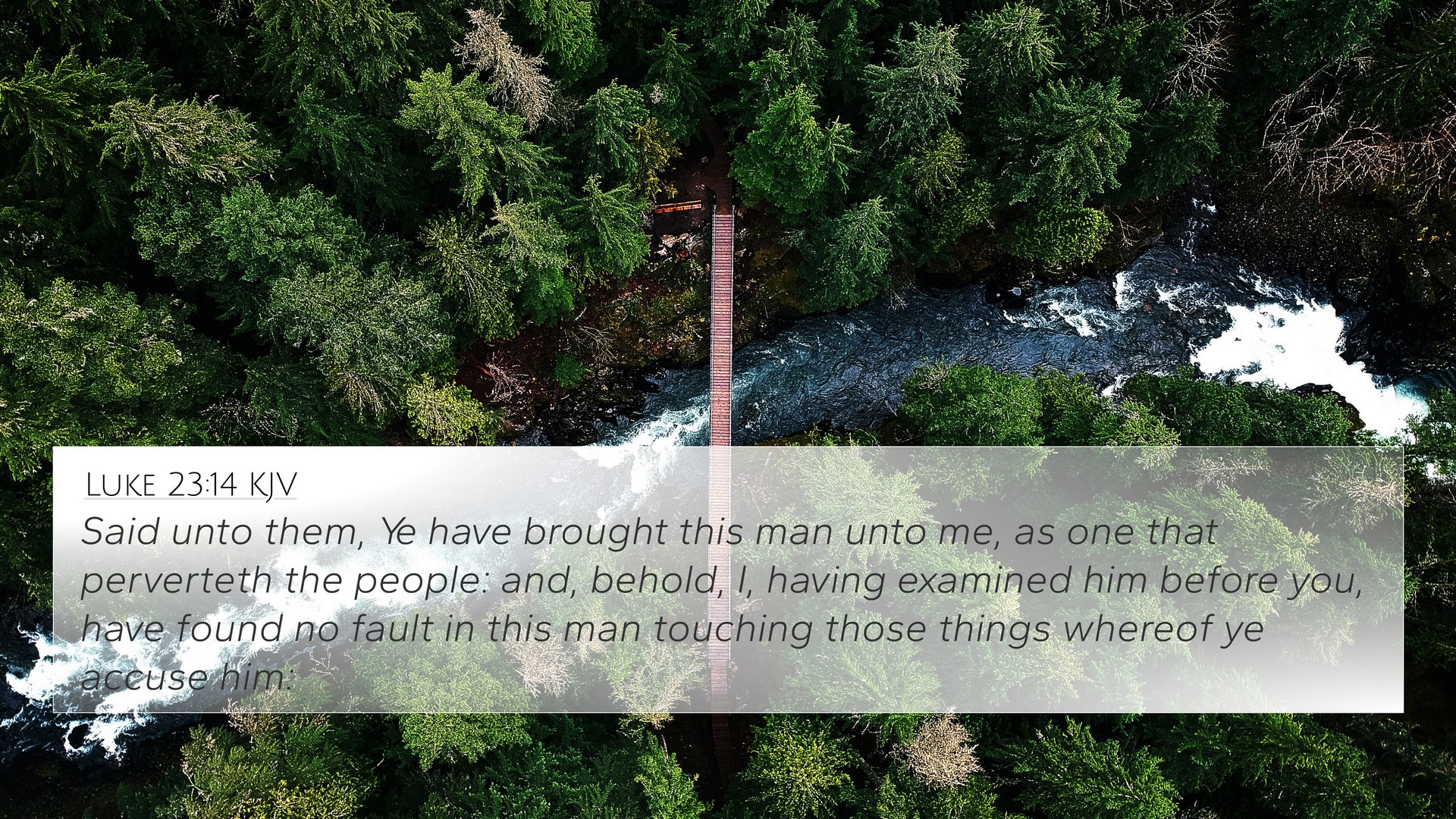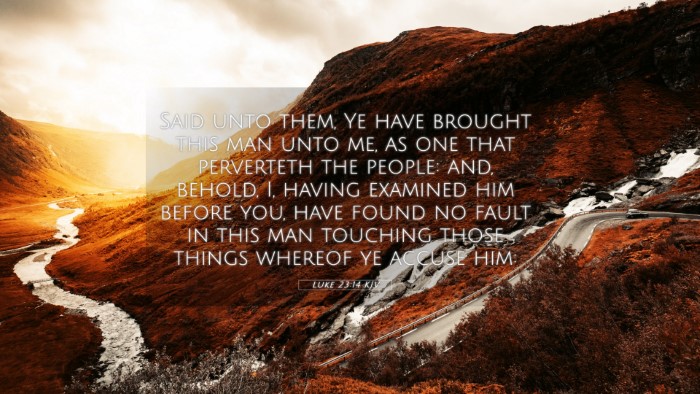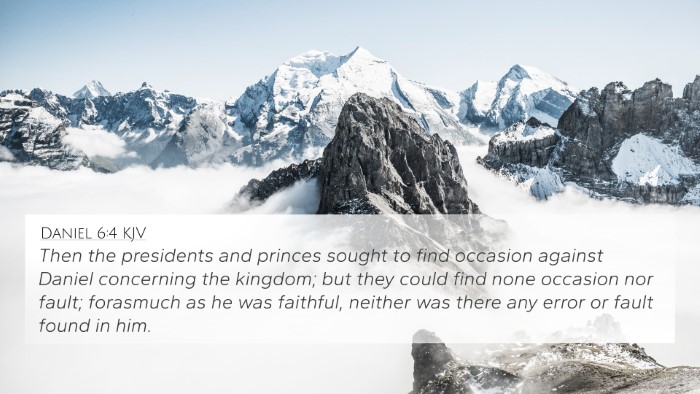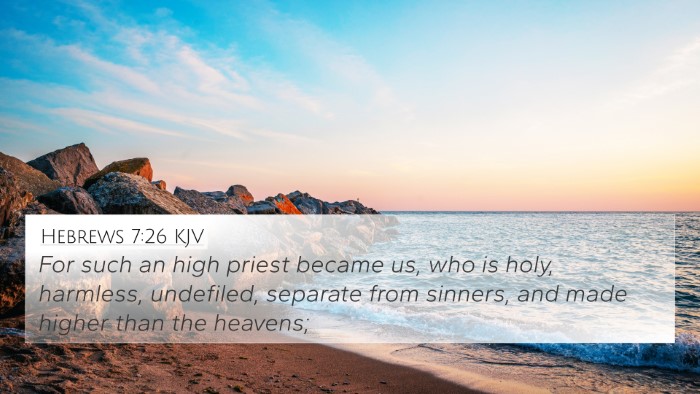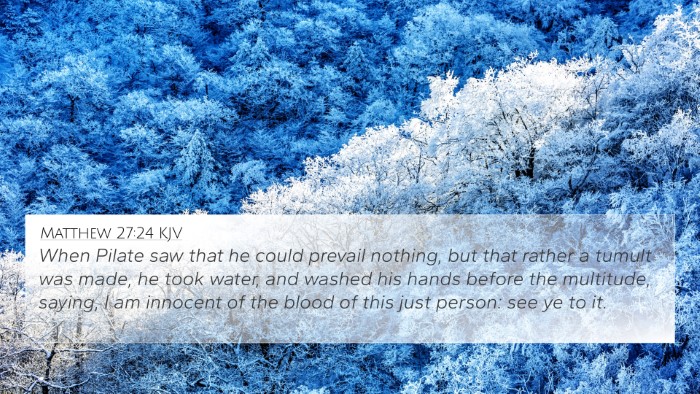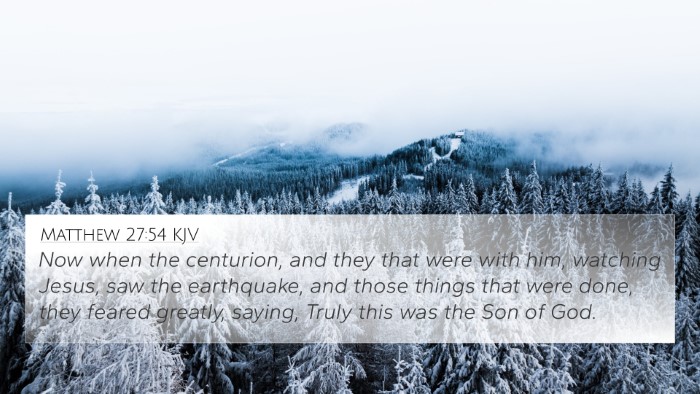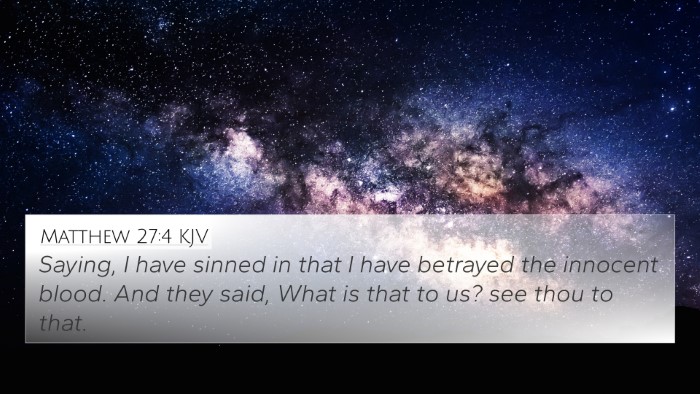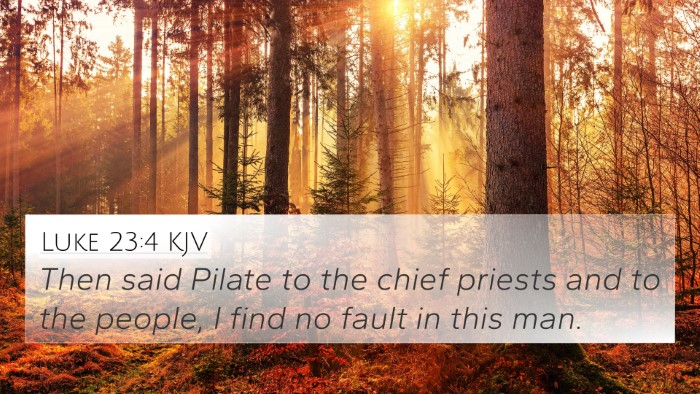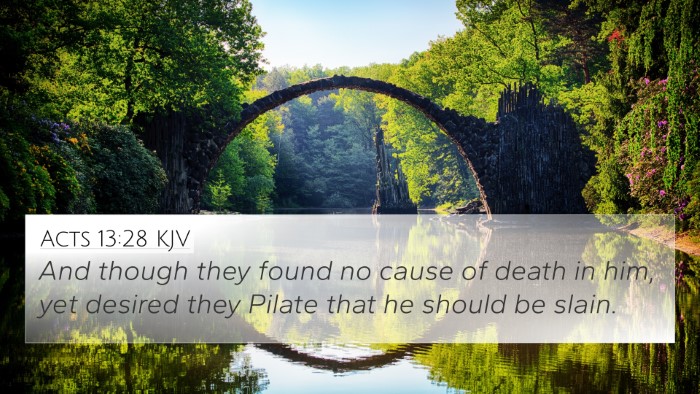Understanding Luke 23:14
In Luke 23:14, we find the account of Jesus standing before Herod's court, where He is scrutinized by Pilate, who declares Him innocent. This moment is crucial in the narrative of Christ's trial and crucifixion. Here is a summary of the insights derived from public domain commentaries:
Context and Importance
The context of this verse is vital for comprehending the legal proceedings that led to Jesus' crucifixion. Pilate, after examining Jesus, communicates to the Jewish leaders his conclusion that Jesus is not guilty of the accusations laid against Him. Commentators like Matthew Henry highlight this as a pivotal moment in the Gospel account, illustrating the innocence of Christ amidst false charges.
Insights from Commentaries
-
Matthew Henry's Commentary:
Henry emphasizes the injustice of the trial, noting how Pilate’s declaration of innocence highlights the wickedness of the religious leaders who sought Jesus' death. This reflects on the broader theme of innocence and guilt found throughout the scripture.
-
Albert Barnes' Notes:
Barnes notes that this incident reveals the political pressures that Pilate faced and showcases how he intended to absolve Jesus while simultaneously attempting to appease the crowd.
-
Adam Clarke's Commentary:
Clarke provides a detailed analysis of the implications of Pilate’s statement, discussing how it underlines the fulfillment of prophecy regarding the Messiah's suffering and innocence. Clarke often points to how this aligns with Isaiah 53:7, where the suffering servant does not open His mouth in defense.
Thematic Connections
This verse does not stand alone; it resonates deeply with several other scriptures, showcasing themes of innocence, trial, and the fulfillment of divine prophecy. Here are significant thematic Bible verse connections that underline these facets:
- Isaiah 53:7: The prophecy about the Messiah being led like a lamb to the slaughter.
- Matthew 27:24: Pilate's act of washing his hands to symbolize his declaration of innocence.
- John 19:4: Pilate again affirms Jesus' innocence before the crowds.
- Luke 23:15: Another declaration of Jesus' guiltlessness by Pilate.
- Acts 3:14: Peter’s speech highlights the people's choice to release Barabbas instead of Jesus, emphasizing the injustice.
- Hebrews 4:15: Referring to Jesus as a high priest who is tempted but without sin, noting His purity amidst accusation.
- 1 Peter 2:22: Signifying Jesus' innocence and how He left judgment to God.
Conclusion
Luke 23:14 stands as a testament to the innocence of Jesus Christ in the face of human injustice. The insights from various commentaries intertwine with cross-references from the scripture, providing a comprehensive understanding of this critical moment. For those studying the Bible, utilizing tools for Bible cross-referencing can deepen the exploration of themes like innocence and prophetic fulfillment.
Using Cross-Referencing Tools
To further unravel connections between this verse and others, engaging with Bible concordance and Bible cross-reference guides can assist in locating verses that relate to specific themes and narratives. Here are some tips for effective use:
- Identify keywords within the verse to find related scriptures.
- Understand the broader context of the verses to see how they interlink.
- Utilize online Bible study resources or software that provide cross-referencing capabilities.
Whether you are preparing a sermon or deepening your personal study, understanding the connections revealed through comparative Bible verse analysis will enhance your grasp of the sacred text.
